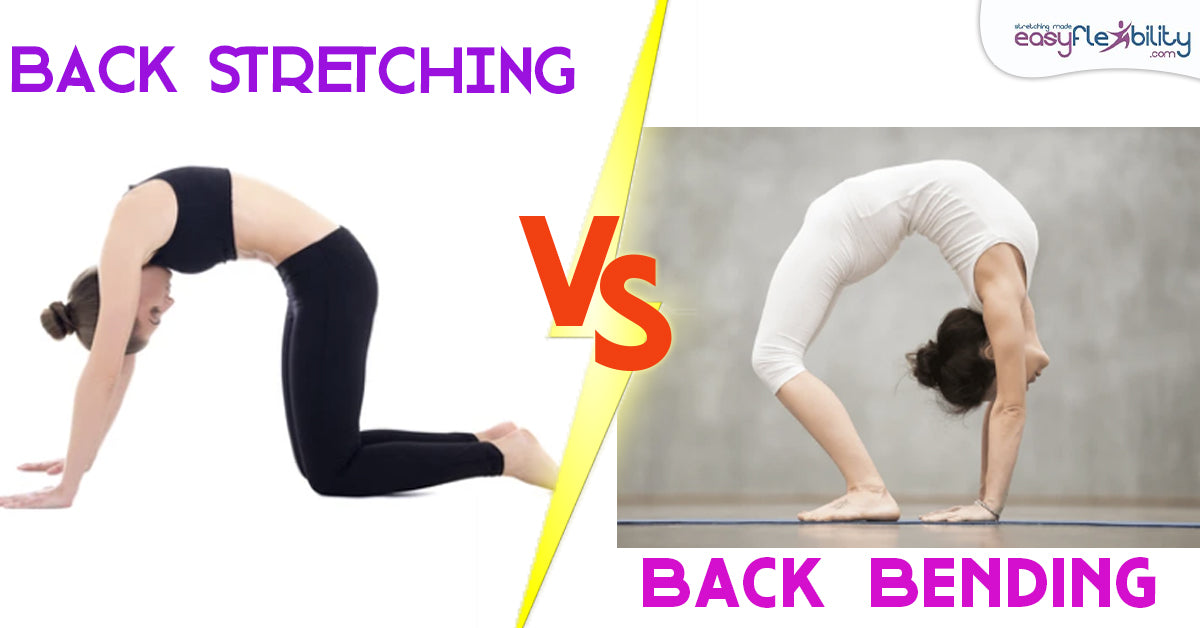Attitude Devant Analysis
Posted by Paul Zaichik on


Attitude is a dance position in ballet where one leg and both arms are raised. The raised leg can extend either into the front or the back. When the raised leg is fixed towards the front, the posture is called Attitude Devant—which means “to the front.” In this posture, there is an existing concentric contraction within the body segments when they are moved to the desired placement, and then an isotonic contraction to maintain the position in place.

Above are pictures showing an Attitude Devant position. On the left is the stance of a beginner student while on the right is a stance of an advanced student.


When you look at the advanced student, you can see that her shoulders are down and parallel to the floor; her back is lengthened and the spine remains vertically aligned with her supporting leg. As for the beginner student, you can see that her left shoulder is raised and her torso is leaning to the right instead of being directly on top of the supporting leg.



When you look at the lifted leg of the advanced student, the knee is half-bent and in line with the corresponding shoulder, while the raised foot is extended, pointed, and in line with the opposite shoulder. For the beginner student, you can see a slight overcrossing attitude of the lifted leg, and the raised foot is sickled.


Both of advanced student’s lifted and supporting legs are placed in a turned-out position. And the center of weight, situated on the supporting leg, is located primarily on the first toe and slightly on the second toe. While for the beginner student, there is a weak turn-out of her standing leg and her foot is gripping.
Start working on your beautiful Attitude Devant today!
To discuss further, let us now identify the muscles involved in performing Attitude Devant.



On your shoulders, the scapular depressors are activated to prevent unwanted elevation of your scapula. These scapular depressors are your Pectoralis minor, lower Trapezius, and lower Serratus anterior.



To stabilize the vertical placement of your trunk and to prevent the arching of your lower back, the eccentric contraction of your oblique muscles is involved. This will be countered by the concentric contraction of your Erector Spinae muscles and the Quadratus lumborum.

On your hips and pelvis, there will be an occurring pelvic anterior motion as your raised leg is moved into flexion.





This Anterior Pelvic Tilt motion will involve the concentric contraction your Erector Sinae muscles from the spine and your hip flexors. These hip flexors include your Sartorius, Rectus femoris, Psoas, and Iliacus muscles.


The motion will be stabilized by the eccentric contraction of the hip extensors, your Gluteus maximus, Ischial portion of your Adductor magnus, and Hamstrings. These hip extensors will also function to stabilize the turned-out position of your lifted and supporting legs.

For the turned-out position of your lifted and supporting legs, remember that the occurring turn-out must come from the hips and then down to the other joints to avoid injuries. Your turn-out must be the entirety of your leg’s external rotation, initially from your hips, then knees, tibia, ankle, and foot.
The muscles involved during your turn-out include the concentric contraction of your deep six lateral rotators: your Piriformis, Obturator internus, Obturator externus, Gemellus inferior, Gemellus superior, and your Quadratus femoris.
The muscles involved during your turn-out include the concentric contraction of your deep six lateral rotators: your Piriformis, Obturator internus, Obturator externus, Gemellus inferior, Gemellus superior, and your Quadratus femoris.



On your supporting leg, aside from the turned-out position by your deep six lateral rotators, there is also a concentric contraction of your hip extensors; this will be stabilized by the eccentric contraction of your hip flexors and hip internal rotators. These internal rotators are your Gluteus medius, Gluteus minimus, and Tensor facia latae (TFL).


For your ankle and foot on both lifted and supporting legs, there is a concentric contraction of your plantarflexors, your Gastroc-soleus muscles. This will be stabilized by the eccentric contraction of the dorsiflexors, your Tibialis anterior, Extensor digitorum longus (EDL), and Extensor hallucis longus (EHL).
Start working on your beautiful Attitude Devant today!
© ElasticSteel Corp., EasyFlexibility, Paul Zaichik, et. El., 2022. No part of the materials available through ElasticSteel.com, EasyFlexiiblity.com, site may be copied, photocopied, reproduced, translated or reduced to any electronic medium or machine-readable form, in whole or in part, without prior written consent of Paul Zaichik EasyFlexibility.com, Elasticsteel.com.. Any other reproduction in any form without the permission of Paul Zaichik EasyFlexibility.com, Elasticsteel.com is prohibited. All materials contained on this site are protected by United States copyright law and may not be reproduced, distributed, transmitted, displayed, published or broadcast without the prior written permission of Paul Zaichik, EasyFlexibility.com, Elasticsteel.com.
Share this post
- 2 comments
- Tags: attitude ballet, attitude devant, attitude in ballet, attitude in dance, dance attitude, devant ballet
2 comments









I wish it was also all in Spanish
wow I am completely blown away by your attitude devant analysis. I been teaching dance for over 30 years and never seen anything like this. Reading this article actually got me to purchase your programs. they are absolutely awesome. Thank you P.S. I been re-reading this article like 10-15 times. Love it.